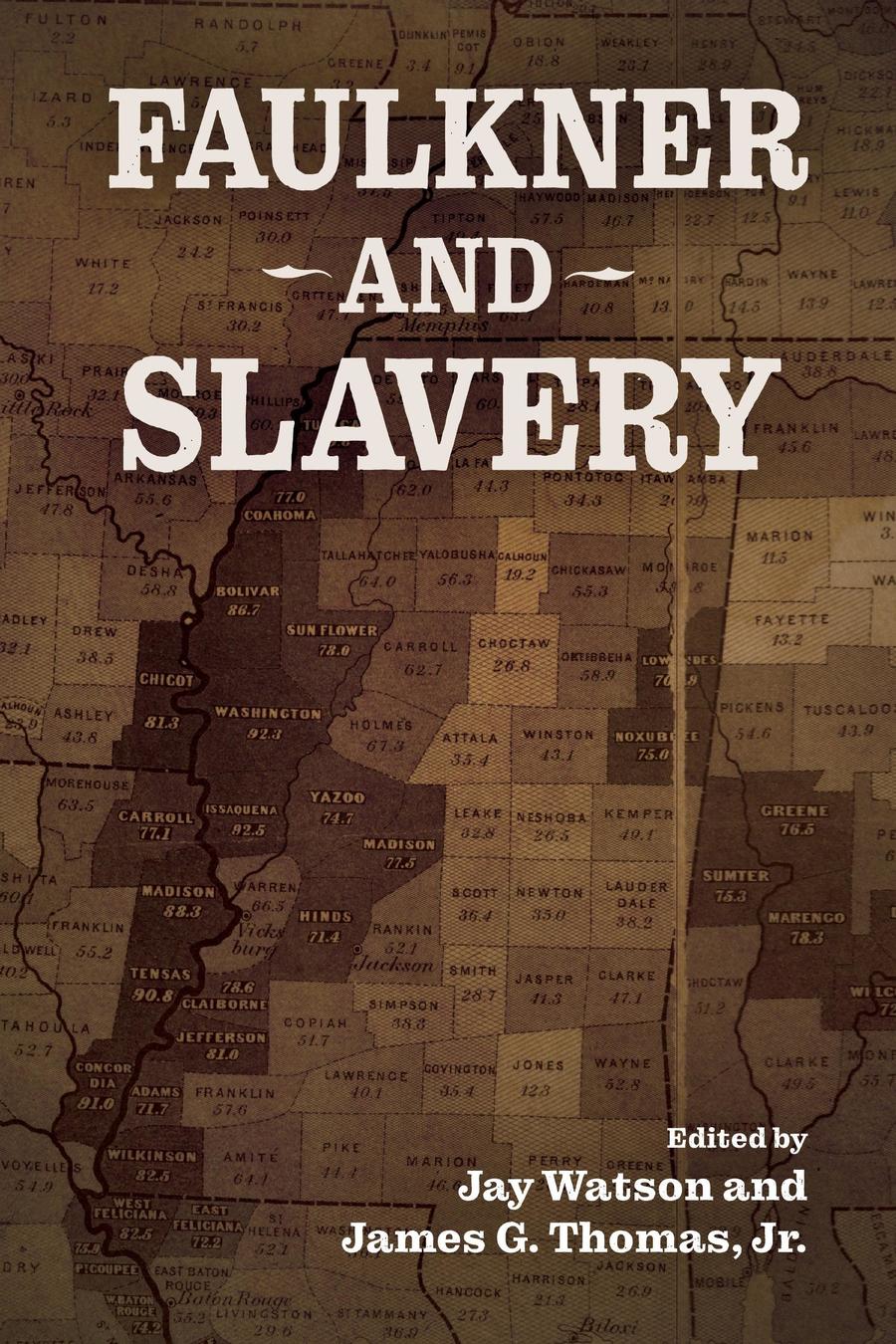The Expropriated Voice: Sonority, Intertextuality, Flesh
“We say that a sound is ‘of’ a particular object, or we can be confused as to a sound’s ‘source’—the scream sounds out the fleshly dilemma of the genitive as the possessive case.”
The essay appeared in Faulkner and Slavery (2021), collected from works presented at the 2018 Faulkner & Yoknapatawpha Conference and now available from University of Mississippi Press. The chapter proposes that the theory of the intertext depends upon a theory of personhood–an ambiguous matter that, as Stephen M. Best shows, also depends on slavery. The chapter approaches sound as existing at the limits of intertextuality and personhood, limits upon which “the afterlife of slavery,” as theorized by Saidiya Hartman, exerts irreconcilable pressure. With thanks to the editors and conference attendees for helping to shape this essay.
You can download “The Expropriated Voice” here.
Julie Beth Napolin comes at slavery’s lives and afterlives in Faulkner through the Yoknapatawpha soundscape. ‘The Expropriated Voice: Sonority, Intertextuality, Flesh’ taps into a long tradition in Black studies that focuses on the transmission of ‘social feeling’ and political possibility through voices and other sounds. At the center of much of this scholarship, and Napolin’s own essay, lies the scream, as the zero degree of articulation for and by flesh denied personhood. Napolin aims to reconstruct something of a genealogy of the scream as it pierces and echoes through the ‘circumambient’ air of Yoknapatawpha and the slave histories it continues to vector into the twentieth century. The result is an extraordinary acoustic network whose sonic roots and routes lie in the chattelization of African flesh and the ‘expropriation’ of voices denied the ‘sanctified dimension of personal property’: the scream of the lynched Joe Christmas in Light in August, displaced aurally into the unbearable wail of a police siren; the moans of Benjy Compson in The Sound and the Fury; the uncategorizable ‘Negro’ sounds (like singing and yet not like singing) of Nancy Mannigoe in ‘That Evening Sun’; the wild wailing chorus of Raby’s daughters and granddaughters in ‘Evangeline’; and the array of voices Faulkner releases in Absalom, Absalom!; from the screams of white Henry Sutpen at his father’s ritual brawls with his slaves to the imperious commands of Clytie Sutpen, a formerly enslaved woman of color with ‘perhaps the most authoritative voice’ in the novel; to the vibrating ‘sonority’ of Rosa Coldfield as it courses across the italicized pages of chapter 5; and on to the howlings of Jim Bond, grandson of an enslaved courtesan, that end the narrative proper before the cartography-work of the endpapers plunges the text into silence. These soundings, and the complementary acts of listening that allow them to live, take the human voice ‘beyond property, writes Napolin, and as such beyond the ‘metaphysics of liberal personhood’ and the ‘poetics of possession’ that provided philosophical scaffolding for the slave trade and the modernity it made possible. Intriguingly, the sonic lineage that Napolin excavates is ultimately a matrilineal one as we push farther back into Yoknapatawpha history, from Christmas, Bond, and Benjy in the twentieth century, to Clytie and Rosa at the Civil War’s end, and finally to Clytie’s mother, the unnamed slave woman whose voice we never hear in Absalom, its silenced urgencies and intensities nonetheless serving as ‘the origin of the novel’s claim’ to a counterdiscourse that might speak to Saidiya Hartman’s poignant question, ‘What was the afterlife of slavery and when might it be eradicated?’”
Jay Watson, “Introduction,” Faulkner and Slavery (Jackson: University of Mississippi Press, 2021), xx-xxi

Julie Beth Napolin
Julie Beth Napolin studies the history and theory of sound and its intersections with the novel, film, art, performance, psychoanalysis, gender, and race, asking what practices of listening can tell us about the politics of memory and form. She is the co-Editor of the William Faulkner Journal, a member of the editorial board of Sound Studies: An Interdisciplinary Journal, and the former President of the New School chapter of the American Association of University Professors. She received her PhD in Rhetoric from UC Berkeley.
Published Work
- March 1, 2023 The Otherworldliness of Bessie Smith
- May 30, 2022 Surface Listening: Free Association and Recitation in The B-Side
- January 25, 2020 Music’s Unseen Body: Conrad, Cowell, Du Bois, and the Beginnings of American Experimental Music
- September 16, 2017 On Banishing Socrates’ Wife: The Interiority of the Ear in Phaedo
- May 11, 2017 Elliptical Sound: Audibility and the Space of Reading
- January 11, 2017 An Acoustics of Determination in Faulkner and Benjamin
- February 21, 2016 The Audiophonic Form of As I Lay Dying
- June 27, 2014 Lecture: Banishing Socrates’ Wife (2014)
- March 1, 2013 “A Sinister Resonance”: Vibration, Sound, and the Birth of Conrad’s Marlow
